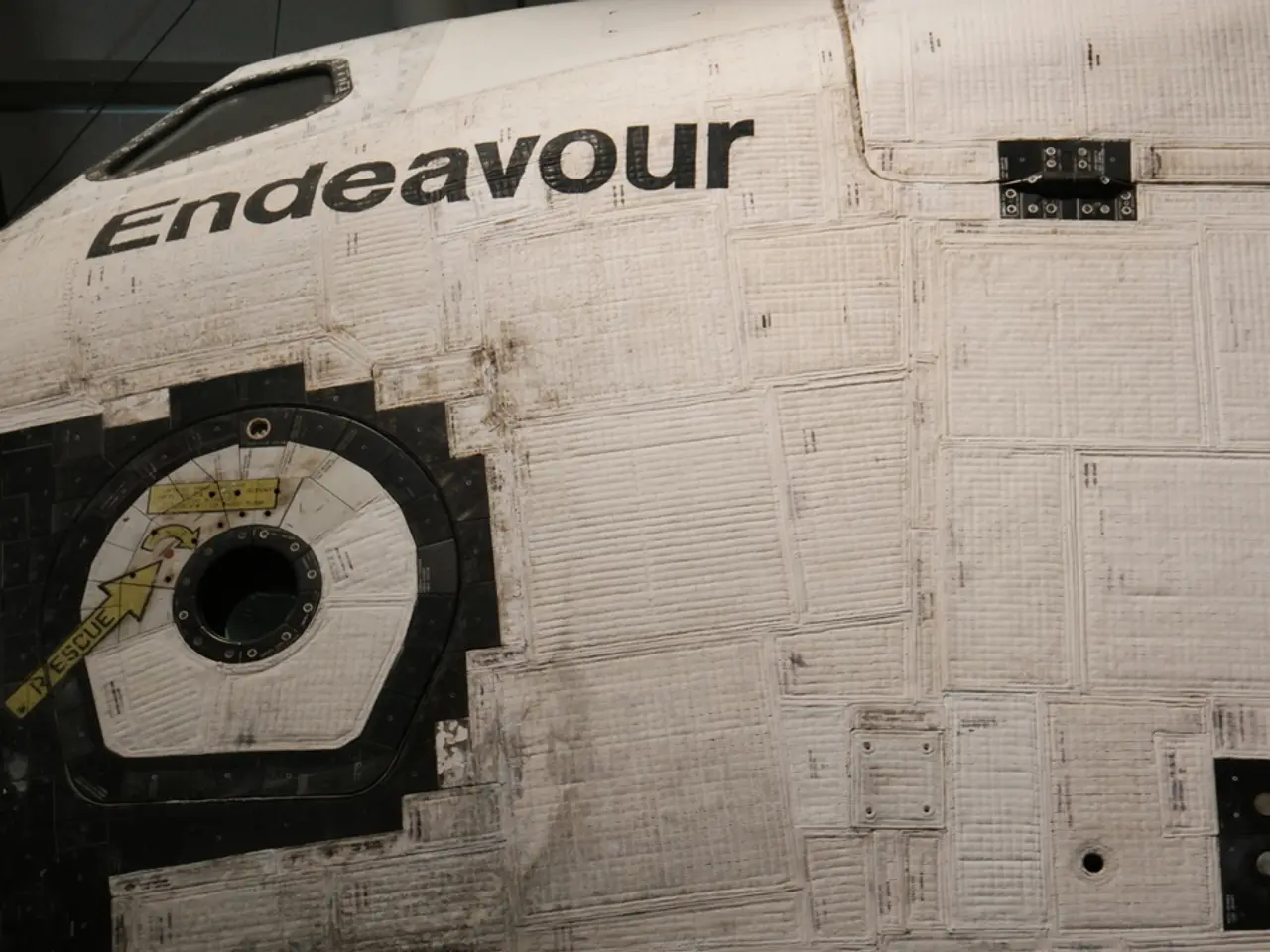NASA's Enduring Voyager Spacecraft's Lasting Impact
In 1977, two groundbreaking spacecraft, Voyager 1 and Voyager 2, were launched on a mission to explore the outer reaches of our solar system. Nearly five decades later, these intrepid probes continue to beep back to Earth, inspiring us in our collective quest for exploration beyond the known.
The Voyager missions have advanced our understanding of space exploration at the very edge of our solar system. Their robust, long-lasting engineering design, advanced communication systems, innovative scientific instruments, and energy management through Radioisotope Thermoelectric Generators (RTGs) have allowed them to withstand the harsh conditions of space travel for decades.
One of the most remarkable aspects of the Voyager probes is their use of an 8-track digital tape recorder (DTR) for data storage, capable of storing 536 megabits of data on magnetic tape. This humble technology, combined with their shrewd engineering choices, has ensured their longevity. Even when one of Voyager 2's primary thrusters stopped working 37 years into its mission, its backup thrusters engaged perfectly after decades of idleness.
The story of the Voyagers' enduring triumphs serves as a reminder that while we bid goodbye to these probes sometime in the next decade, their contributions will continue to impact human space exploration. They have leveraged the gravitational pulls of giant outer planets like Jupiter, Saturn, Uranus, and Neptune for propulsion, a process known as gravity assist. This innovative technique has since been used in numerous missions, including the recent flyby of Pluto by New Horizons.
As we look to the future, the Johns Hopkins Interstellar Probe, a potential new mission, is being proposed, which could launch in 2036 and reach interstellar space 10 times faster than the Voyagers. This new mission builds upon the Voyagers' legacy, pushing the boundaries of what is possible in space exploration.
The Voyager probes carry a Golden Record for any potential extraterrestrial audience, a testament to humanity's hope and curiosity. Despite their age, these probes continue to transmit invaluable data back to Earth, demonstrating that success in technological innovation is not solely dependent on having the latest tools but on making smart engineering decisions.
In a world where we as a society chase ever more advanced technological solutions, sometimes simple and durable designs can prove to be timeless in their efficacy. The Voyager probes stand as a testament to this fact, their enduring presence a beacon of human ingenuity and determination in the vast expanse of space.
[1] NASA's Voyager Mission: https://voyager.jpl.nasa.gov/mission/ [2] Voyager 1's Interstellar Transmission: https://voyager.jpl.nasa.gov/science/interstellar/ [3] Discoveries from the Voyager Missions: https://voyager.jpl.nasa.gov/science/discoveries/index.html
The Voyager missions, armed with robust engineering design, advanced technology, and innovative scientific equipment, have significantly advanced our understanding of space exploration, pushing the boundaries of what is possible in space-and-astronomy. Today, the story of these enduring probes serves as a reminder that smart engineering choices and timeless design can lead to invaluable discoveries in science and technology.




